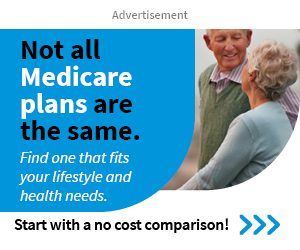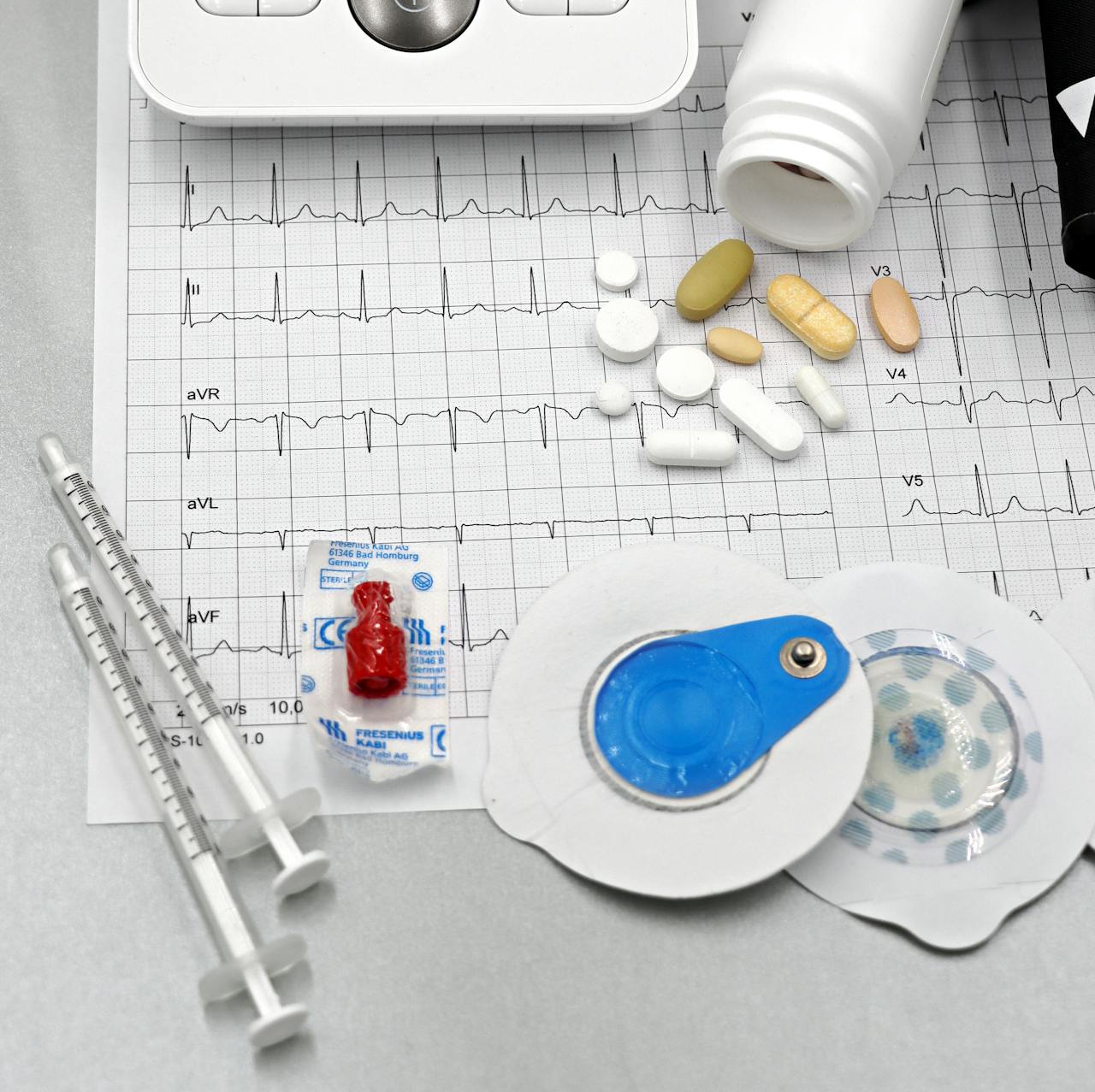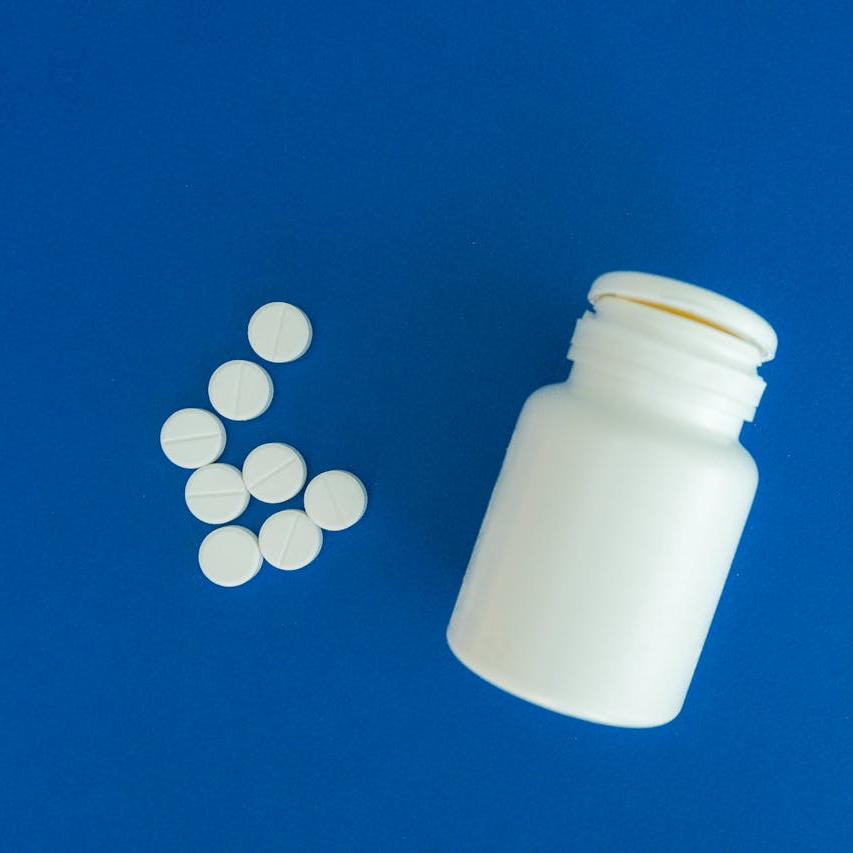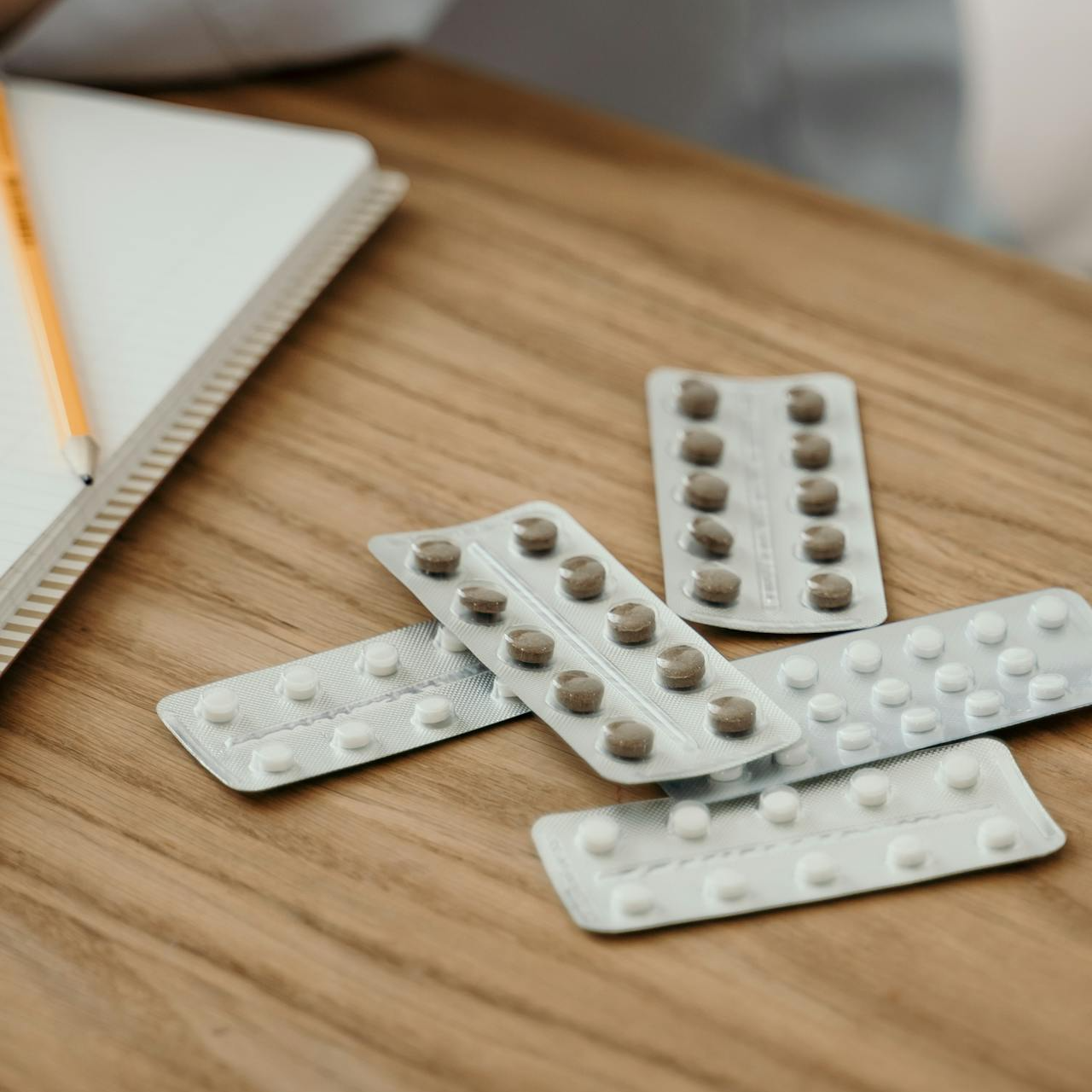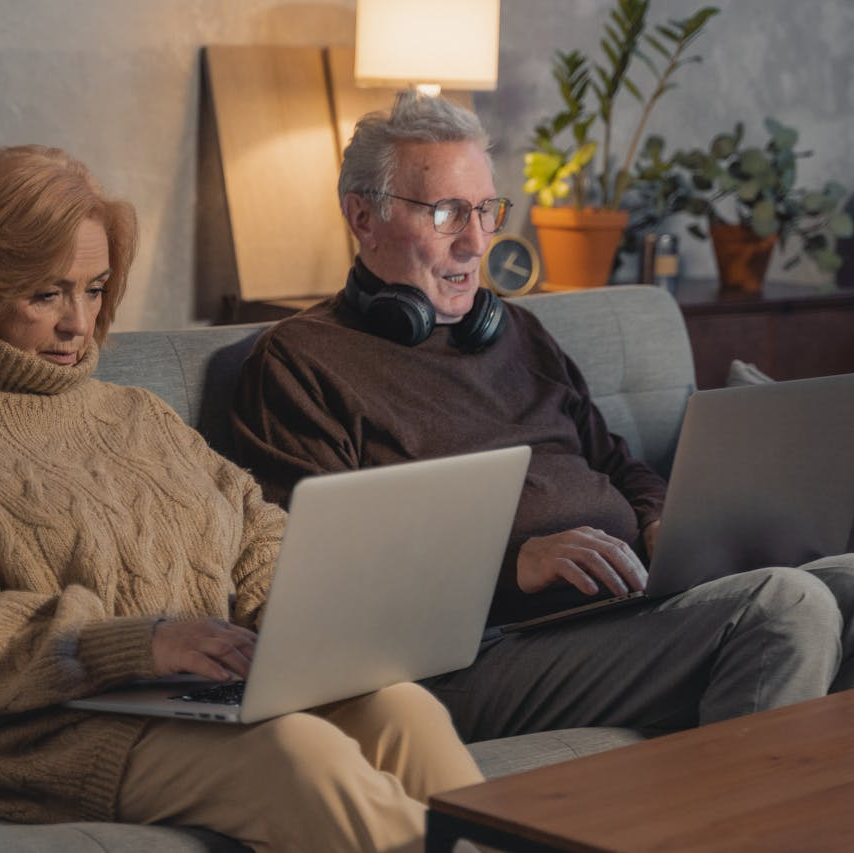Key Takeaways:
- Choosing the right Medicare Part D plan can significantly impact your prescription drug costs.
- Utilizing generic medications, optimizing pharmacy choices, and leveraging assistance programs can further reduce expenses.
Saving on Prescription Costs with Medicare Part D
Prescription medications are a significant component of healthcare expenses, especially for those on Medicare. Medicare Part D provides prescription drug coverage, but the costs can still add up. By understanding how to navigate and optimize your Part D plan, you can save significantly on prescription costs. This guide will explore various strategies to help you minimize these expenses.
Selecting the Best Medicare Part D Plan for Your Budget
Choosing the right Medicare Part D plan is crucial for managing your prescription costs effectively. Each plan varies in terms of premiums, deductibles, and the list of covered medications (formulary).
Compare Plans Annually
Medicare Part D plans can change their premiums, deductibles, and formularies every year. It’s essential to review and compare plans during the Medicare Open Enrollment Period (October 15 to December 7) to ensure you have the most cost-effective coverage for your needs.
- Premiums: Look for plans with affordable monthly premiums that fit your budget.
- Deductibles: Some plans have no deductible, while others may have a high deductible. Choose a plan based on how often you need medications.
- Formulary: Ensure the plan covers your medications. Formularies can vary significantly between plans, so checking this is vital.
Consider Your Medication Needs
If you take specific medications regularly, make sure those drugs are covered by the plan you choose. Additionally, be aware of the plan’s tiered pricing structure, as some plans categorize drugs into different tiers with varying costs.
- Generic vs. Brand-Name: Generic medications are often placed in lower tiers with lower copayments.
- Preferred Drugs: Some plans offer lower costs for preferred medications within each tier.
Reducing Expenses with Generic Medications
One of the simplest ways to save on prescription drugs is by opting for generic medications instead of brand-name ones.
Benefits of Generic Medications
Generic drugs are equivalent to their brand-name counterparts in dosage, safety, strength, quality, and intended use. They are significantly cheaper because manufacturers do not have to repeat costly clinical trials that were required for brand-name drugs.
- Cost Savings: Generics can cost 80% to 85% less than brand-name drugs.
- Availability: Most common medications have generic versions available.
Ask Your Doctor for Generics
When your doctor prescribes a medication, ask if a generic version is available and appropriate for your treatment. Pharmacists can also substitute generic drugs for brand-name prescriptions in many cases, but confirming with your doctor ensures you receive the most cost-effective treatment without compromising on efficacy.
Optimizing Savings with Preferred Pharmacies and Mail-Order Services
Your choice of pharmacy can also impact your prescription drug costs. Medicare Part D plans often have preferred pharmacies that offer medications at lower costs. Additionally, mail-order services can provide further savings and convenience.
Using Preferred Pharmacies
Medicare Part D plans usually have a network of pharmacies, and using a preferred pharmacy within this network can lower your copayments and coinsurance.
- Network Savings: Preferred pharmacies within your plan’s network often provide discounts on medications.
- Convenience: Many preferred pharmacies offer extended hours and locations for added convenience.
Advantages of Mail-Order Services
Mail-order pharmacies deliver medications directly to your home, often providing a 90-day supply at a lower cost than purchasing a 30-day supply from a retail pharmacy.
- Cost Efficiency: Mail-order services can reduce out-of-pocket costs by offering lower copayments for a larger supply of medication.
- Convenience: Automatic refill and delivery services ensure you don’t run out of essential medications.
Leveraging Financial Assistance Programs and Extra Help
For individuals with limited income and resources, there are several assistance programs available that can help cover Medicare Part D costs.
Extra Help Program
The Extra Help program, also known as the Low-Income Subsidy (LIS), assists Medicare beneficiaries with paying Part D premiums, deductibles, and copayments.
- Eligibility: Based on income and asset limits. Check the Social Security Administration‘s guidelines to see if you qualify.
- Benefits: Can significantly reduce or eliminate out-of-pocket costs for prescription drugs.
State Pharmaceutical Assistance Programs (SPAPs)
Many states offer pharmaceutical assistance programs to help residents pay for prescription drugs. These programs vary by state but often provide additional coverage or discounts on top of Medicare Part D benefits.
- State-Specific Benefits: Check with your state’s health department or website to see what programs are available and how to apply.
Manufacturer Assistance Programs
Some pharmaceutical companies offer assistance programs for individuals who cannot afford their medications. These programs provide free or discounted medications to those who qualify.
- Direct Assistance: Contact the drug manufacturer or visit their website to find out if assistance is available for your specific medications.
Conclusion
Managing prescription drug costs under Medicare Part D can be challenging, but by carefully selecting the right plan, opting for generic medications, utilizing preferred pharmacies and mail-order services, and taking advantage of financial assistance programs, you can significantly reduce your expenses. Regularly reviewing your Medicare Part D plan during open enrollment and staying informed about available cost-saving options will help you make the most of your coverage and maintain your health without breaking the bank.
Contact Information:
Email: [email protected]
Phone: 5515556789
